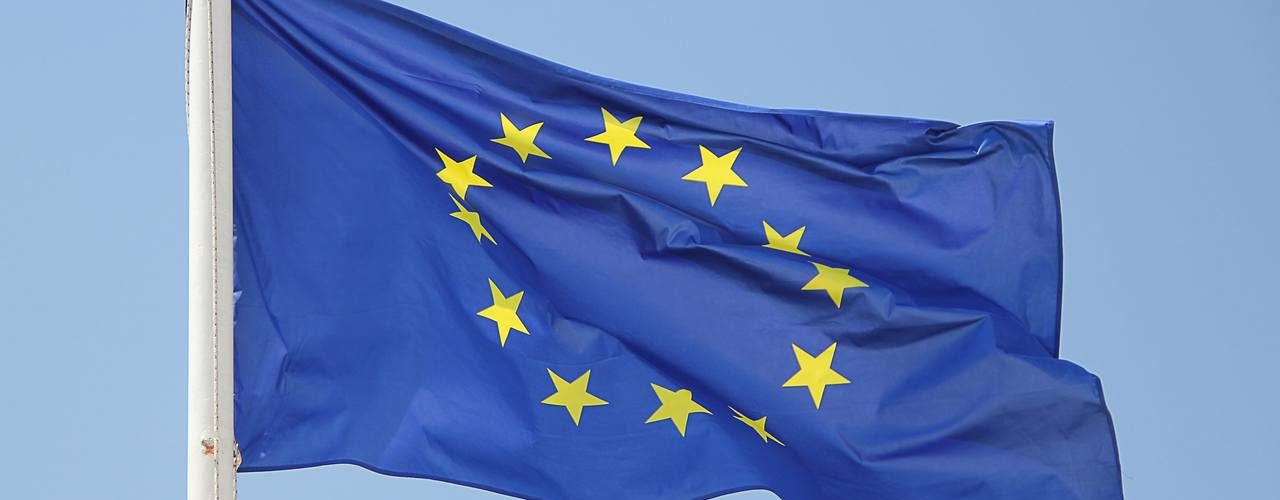We have seen an increasing trend in the last number of years of Tax Authorities worldwide introducing different methods of collecting taxes using information technology.
Several EU countries are taking the lead on modernising their VAT reporting systems in an attempt to prevent VAT evasion/avoidance and increase VAT compliance and, consequently, boosting their VAT revenues. Alongside the continuing move towards adopting approaches such as Standard Audit File for Tax (SAF-T) and Real time reporting (RTR), electronic invoicing has become a focus for many EU countries.
E-invoicing is not a new process and technology enabling it is widespread with e-invoicing in public procurement scenarios (B2G) already being harmonised across the EU. In 2020, EU Member States should have finalised transposing the so-called ‘e-invoicing Directive’ (2014/55/EU) in their individual legislations, although not all countries have done so just yet. Tax Authorities have introduced e-reporting for several different reasons, some of the drivers for include:
- Trying to stop tax evasion and reduce the tax gap
- The value of data and the possibilities around data
- Simplification and measures to increase efficiencies
Source Deloitte















